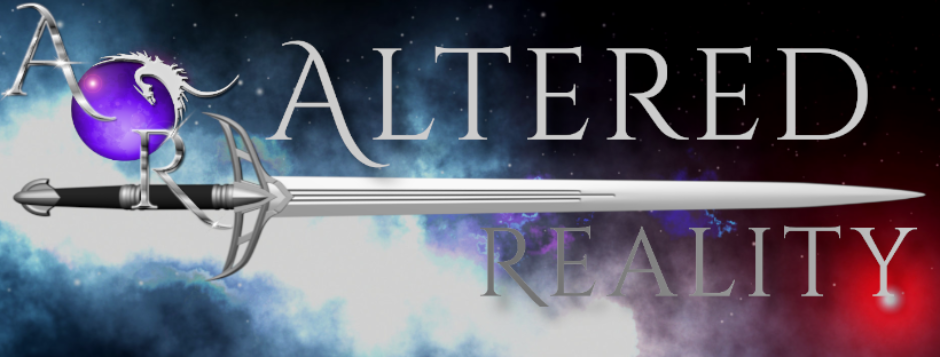I called my neighbor to take care of my cat for a few days just in case and packed enough clothes toiletries for a week, along with a few books, my Discman and an album of CDs and my passport. I also made sure to grab several $20 gold double eagles from my father’s collection, assuming while dollars wouldn’t be legal tender, gold from any location would be. We took a cab to the waterfront. The meal I purchased for Amadeo of halibut fish and chips with clam chowder led me to believe he only wanted lunch and that bringing my suitcase was a waste of time.
“Near the water is the only place where is safe to cross, and we’ll need energy,” he told me, having apparently seen the irritation on my face.
We walked over to the bronze statue of Ivar Haglund feeding French fries to sea gulls, the sound of cars and trucks rushing by on the Alaskan Way Viaduct.
“This statue, you remember it?” he asked.
I told him I did.
He instructed me to put my right hand on the statue and my suitcase at my feet, between my legs, while holding the piece of eight in the palm of my left hand, closing my eyes.
I felt him place his hand over mine and press. The rush of the viaduct went silent, and the daylight that penetrated my eyelids went black.
The light soon came back, but the sounds had changed, to the odd car driving by and one of the consonant-heavy Salishan Native American languages in the distance, with the rhythmic crashing of small waves close to where we stood. My legs went numb and I nearly collapsed before I felt Amadeo’s arms catch me.
“It’ll pass in a moment, now that you’ve eaten,” he reassured me. “Open your eyes.”
We were standing on a low wooden dock over a rocky beach and leading to a sidewalk by a narrow road. The ferry docks, piers and Seattle skyline had disappeared, replaced with smaller, older-looking brick commercial and apartment buildings, while a larger skyline lay across Elliott Bay, towering over Alki Point and hiding Mt. Rainier. The people were nearly all Native American, while the shop and street signs were mostly in some form of hieroglyphics resembling Northwest Coastal art.
“Welcome to Dzidzelalich,” Amadeo smiled. “There should be a direct flight to Venice later today, and we can connect to Ragusa from there.”
In contrast with downtown Seattle’s grid of two-way avenues, Dzidzelalich’s were narrow, one-way cobblestone streets, winding back and forth with the occasional small car dashing by, like you’d see in a European city. The people also looked considerably better dressed than Seattleites and seemed to have a particular fondness for dressing in form-fitting black clothes.
Finally, the street we were on opened onto a large square with a fountain surrounded by several gold-plated totem poles. We walked to a staircase leading underground with sign at the entrance depicting a subway train.
It was a quick ride on the Metro to the airport, which lay on the eastern side of Lake Washington, where Bellevue would have been in my world. While on the train, my wallet fell out of my pocket, a woman standing next to me in business attire smiling and saying something I didn’t understand in a Salishan language as she handed it to me.
Amadeo managed to buy us two tickets – first class – on a flight to Venice, and we boarded without incident. But as I gazed out the window after takeoff, it occurred to me that my United States passport would do me about as much good here as a Stagno passport would in my world.
“Why did you even bring it?” Amadeo asked, his face flashing a look of ridicule. “You don’t need a passport, as long as you’re with me.”
I put on my headphones, Mother Love Bone’s “Crown of Thorns” barely competing with the din of the jet engines. I just stared out the window as I thought of what I was about to become a part of as Andy Wood sang, “You ever hear the story of Mr. Faded Glory? Said he who rides a pony must some day fall.”
“Why do you need someone from my family anyway?” I asked Amadeo about an hour later, as the flight attendants brought dinner, an unusual but hearty mix of Salishan and Italian cuisines consisting of pasta with a starchy root I recognized from a past camping trip as camas and aromatic chunks of smoked salmon, served with a crisp Gavi wine.
After we finished the meal, Amadeo answered my query with a crash course in Stagnese history.
The popular story of the Darsas saving Stagno from de Proculo tyranny on August 20, 1623 was a lie, he explained.
“Learning to accept that was the hardest part,” Amadeo sighed before taking a bite of his pasta.
![]()





